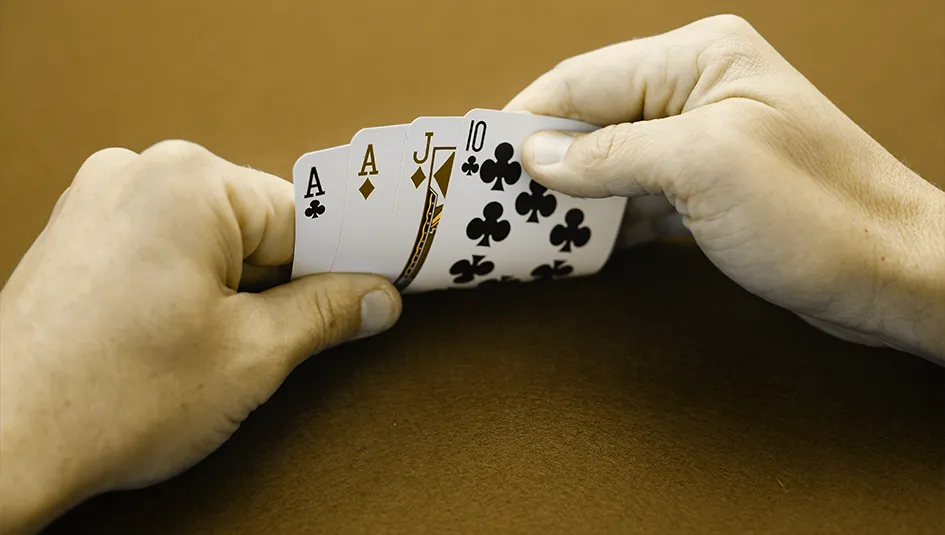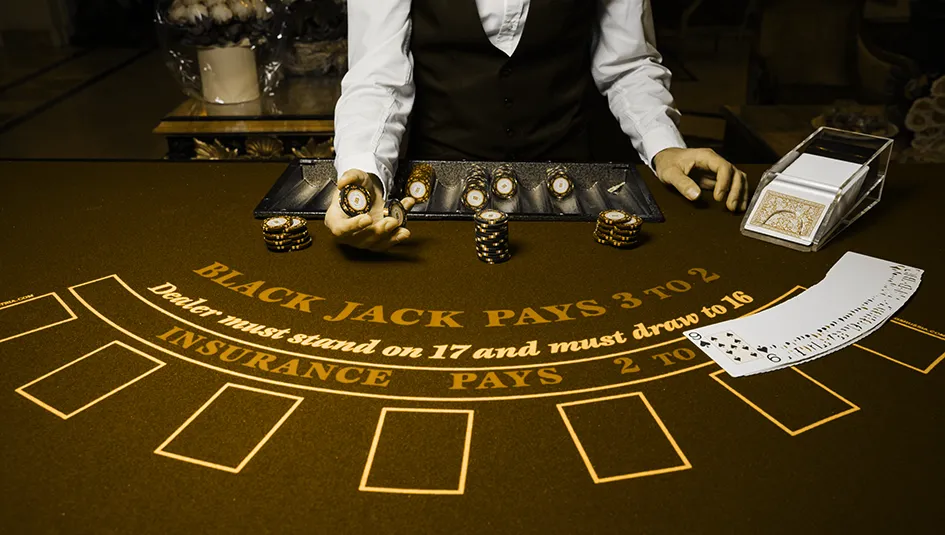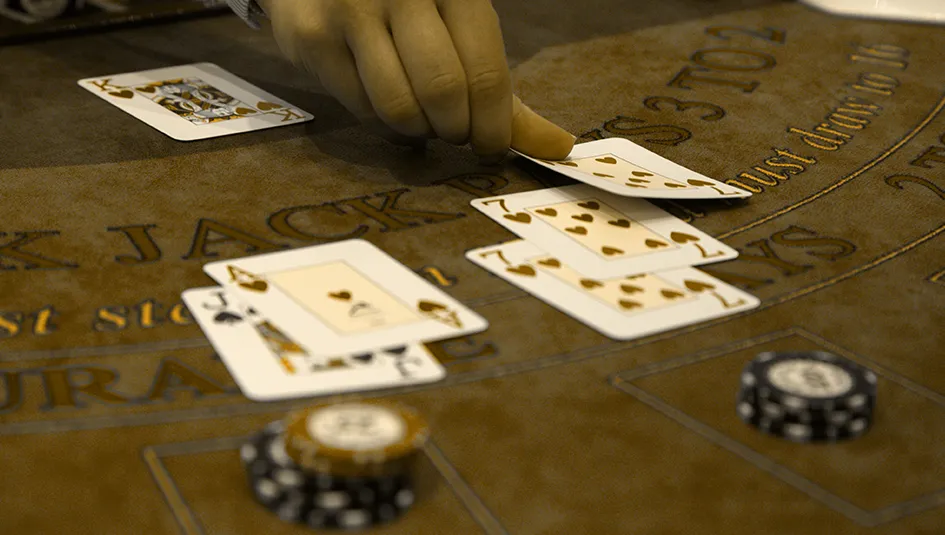Tens or Better Pay Tables
Expert Tens or Better players will not just play any version of the game. They will be very careful about which they choose. There are various different versions of Tens or Better and the difference lies in the pay tables. If you want to have the best chance of winning, then it is important that you are playing a game with a favourable pay table.
Ideally you want to be playing a “full pay” version of the game, which means that it has best pay table possible. It is important to remember that playing a “full pay” game does not mean that you have an advantage over the casino. Rather, it means that the game you are playing offers the best possible payouts for Tens or Better.
A full pay Tens or Better pay table looks like this:
Hand | 1 Coin | 2 Coins | 3 Coins | 4 Coins | 5 Coins |
Royal Flush | 250 | 500 | 750 | 1000 | 4000 |
Straight Flush | 50 | 100 | 150 | 200 | 250 |
Four of a Kind | 25 | 50 | 75 | 100 | 125 |
Full House | 6 | 12 | 18 | 24 | 30 |
Flush | 5 | 10 | 15 | 20 | 25 |
Straight | 4 | 8 | 12 | 16 | 20 |
Three of a Kind | 3 | 6 | 9 | 12 | 15 |
Two Pair | 2 | 4 | 6 | 8 | 10 |
Tens or Better | 1 | 2 | 3 | 4 | 5 |
If you are an experienced Jacks or Better player, then you will have noticed that the full house and flush payouts are much lower in Tens or Better than in Jacks or Better. As such, you may think that it is better to play Jacks or Better. However, because of the lower qualifying hand, Tens or Better is a perfectly valid game to play.
However, you do not want to play a “low pay” version of Tens or Better, as this increases the house edge by roughly 2%. A “low pay” version pay table looks like this:
Hand | 1 Coin | 2 Coins | 3 Coins | 4 Coins | 5 Coins |
Royal Flush | 250 | 500 | 750 | 1000 | 4000 |
Straight Flush | 50 | 100 | 150 | 200 | 250 |
Four of a Kind | 20 | 40 | 60 | 80 | 100 |
Full House | 6 | 12 | 18 | 24 | 30 |
Flush | 5 | 10 | 15 | 20 | 25 |
Straight | 4 | 8 | 12 | 16 | 20 |
Three of a Kind | 3 | 6 | 9 | 12 | 15 |
Two Pair | 2 | 4 | 6 | 8 | 10 |
Tens or Better | 1 | 2 | 3 | 4 | 5 |
The big difference lies in the payout for Four of a Kind. As mentioned, even these small changes have a big impact on the house edge. A full pay version of Tens or Better has a payback percentage of 99.1% but this drops to 98% on the low pay games.
Expert Tens or Better Strategy
In order to make the most of the high payback percentage, you need to be playing the game with optimal strategy. No matter which cards you are dealt, there is always a mathematically correct play regarding which cards you hold and which you discard.
Of course, most of us are not capable of doing the maths quickly and in our heads. However, it is entirely acceptable to use a strategy chart. The strategy chart can look a little daunting at first, but it is actually very easy to use. You simply start at the top and compare each hand to the cards that you have been dealt. As soon as you find a hand that matches your cards, you stop and apply the appropriate action.
The strategy chart for Tens or Better looks like this:
Hand | Action |
Royal Flush | Hold all 5 cards |
Straight Flush | Hold all 5 cards |
4 of a Kind | Discard the 1 card not involved |
4 cards to a Royal Flush | Discard the 1 card not involved |
Full House | Hold all 5 cards |
Flush | Hold all 5 cards |
Straight | Hold all 5 cards |
3 of a Kind | Discard the 2 cards not involved |
4 cards to a Straight Flush | Discard the 1 card not involved |
2 Pair | Discard the 1 card not involved |
High Pair – Tens to Aces | Discard the 3 cards not involved |
3 cards to a Royal Flush | Discard the 2 cards not involved |
4 cards to a Flush | Discard the 1 card not involved |
10JQK | Discard the 1 card not involved |
1 Pair | Discard the 3 cards not involved |
4 cards to a Straight with 3 High Cards | Discard the 1 card not involved |
3 cards to a Straight Flush | Discard the 2 cards not involved |
3 cards to a Straight with 3 High Cards | Discard the 2 cards not involved |
2 Suited High Cards | Discard the 3 cards not involved |
4 cards to an Open Ended Straight | Discard the 1 card not involved |
JQK | Discard the 2 cards not involved |
KQ, KJ | Discard the 3 cards not involved |
2 cards to a Royal Flush | Discard the 3 cards not involved |
Suited 10J, 10Q | Discard the 3 cards not involved |
2 High Cards | Discard the 3 cards not involved |
1 High Card | Discard the 4 cards not involved |
Anything else | Discard all 5 cards |
There are a few bits of information you need to properly understand the chart:
- A high card is a Ten, Jack, Queen, King or Ace
- An Open Ended Straight is a hand in which one card is needed on either end of a potential straight to complete the straight. For example, if you have 4, 5, 6, 7 and Q, then you can form a straight with a 3 or an 8. This is opposed to a hand where you need a card in the middle to form a straight, such as 6, 7, 9, 10 and K.
- When you read “x cards to a y” it means you are holding x amount of cards needed for hand type y
If you don’t want to play with the chart there are a few general rules you can memorise to help you:
- Low pairs are not worth much; therefore, you should discard low pairs in favour of straight or flush draws
- If you have nothing, it is worth keeping any Tens or higher in the hope of making a pair
- Play for big payouts. Often it is better to chase a high value hand over a made pair.
- Always bet five coins, otherwise you have no chance of winning the game’s top payout
However, while these tips will take you a long way, ultimately it is best if you get used to using the strategy chart. It may take a bit of practise, but once you have mastered it, you truly will be an expert Tens or Better play. Make sure to track down a full pay game and then start playing with the chart. At first it will probably be quite slow, but before you know it, you will be familiar with the chart and racing through hands.

 Expert Tips for Single Deck Blackjack Players
Expert Tips for Single Deck Blackjack Players Learn Expert Strategy for Vegas Downtown Blackjack
Learn Expert Strategy for Vegas Downtown Blackjack